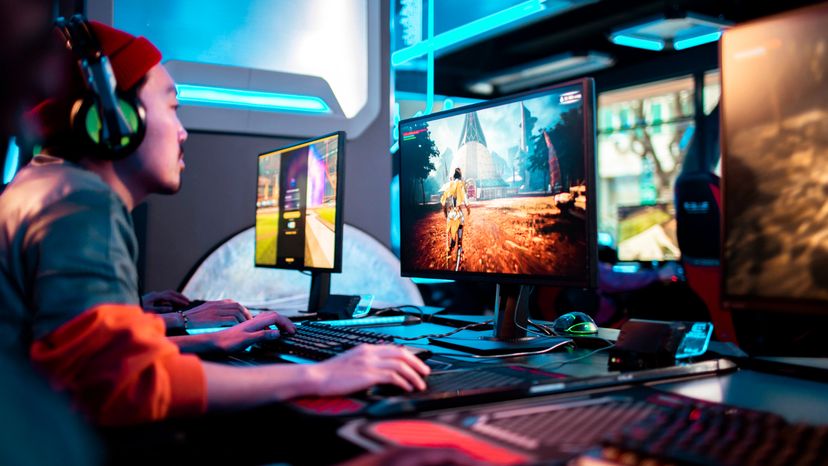
With virtual reality poised to shakeup the way we experience games starting next year, now is a good time to take stock of how far we’ve come over the course of the last generation. Most industries will go through their fair share of dramatic changes over the course of a decade, but the gaming industry in particular changes so rapidly in that same span of time that it can be difficult to keep track of everything.
A decade ago, we were still doing most of our gaming on consoles such as the PlayStation 2 and still thought that we’d see Half-Life 3 released in a timely manner (seriously Valve, where is it?). While the games industry is still filled with many of the same franchises and big names as it was a decade ago, it looks more different than you may think.
Advertisement
There have been a variety of changes both big and small in the last decade, but these 10 are definitely the most significant reasons why gaming in 2015 looks (and plays!) a lot different than it did in 2005.